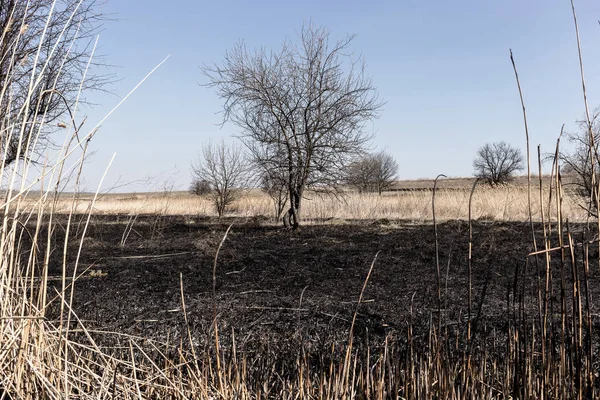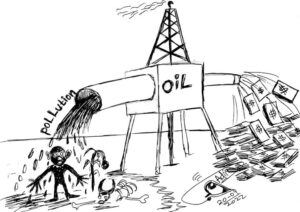A year ago, in one of my doctorate classes, a colleague asked, “How can we connect climate change to the events which are daily affecting our communities in Africa?” Then, I did not deeply grasp the centrality of linking the climate change impacts to the events taking place daily in our communities. Looking back now, I understand why. One main problem with climate change conversation in Africa is the tendency to abstract climate change and its impacts (climate summits, mitigation and adaptation, loss and damage, climate financing, just transitions, climate justice and more).
In South Sudan (particularly in the local community), the knowledge level, perception and awareness of climate change impacts remain low (say in terms of attribution). In 2021, local youth stormed the house of a rainmaker (whom they believed had stopped the rain in the whole South Sudan), ordered him to instantly summon rain before tying and burying him alive in Lafon County of Eastern Equatoria. Just in early July 2023, angry youth lynched Marcelo Ogwana, a 70-year-old man, allegedly for using witchcraft to avert rain in Torit County.
How our local communities perceive and understand climate change impacts necessitates the need to reshape our national conversation about climate change. For example, how do we help a cattle herder in the remotest parts of Rumbek North County understand that the prolonged drought or intense flooding in his area is a result of climate change and that we (all of us including rural communities) have to figure out how to survive under the new climate regime?
As Marie Helene Verney, the Acting Humanitarian Coordinator for South Sudan, mentioned, “South Sudan is on the frontline of climate change. Last year, one million people were affected by floods, many were forced to move elsewhere in the country, and others have had to find new sources of livelihoods, often requiring a rapid change in the centuries-old customs.” So, how can we ensure conversation about climate change is connected to the events that daily affect our communities in South Sudan?
Three things.
One. Frame climate change messages around our experiences in South Sudan. It is evident that climate change is wrecking havoc in South Sudan. Long-time residents of Juba acknowledge the rising temperature in the city. Rural communities recognize erratic rainfalls, manifesting through delayed farming and poor yield. Intense floodings submerge villages and farmlands, especially in Bahr el Gazal and Upper Nile regions. While science has demonstrated that these daily events aggregate to climate change, the type of climate action that local communities can take depends on how they interpret these events.
Two. Early warning systems. A key tool in an effective climate action is a system of providing early information about extreme weather events (intense floods, prolonged drought and temperature anomalies). The UN estimates that a 24 hours’ notice about anticipated climate-related hazard reduces loss and damage by 30%, demonstrating why our conversation about climate change should start with strengthening our early warning systems. South Sudan’s Multi-Hazard Early Warning Systems (MHEWS) launched in November 2023, focuses on risk knowledge, observations, forecasting, dissemination, and preparedness. The question now is how effective is this climate information and early warning systems that is based in Juba, given that those most affected, vulnerable and at risk are in the states and counties?
Three. Capacity. Recently, I was part of a team that carried out public consultations regarding reforms in a certain institution. A conversation came up during one of the discussions about the kind of capacity (ies) necessary for that institution to effectively do its job. The necessity to define capacity in relation to the kind of capacity that already exists and the capacity required for an institution to operate, resolve issues, and accomplish goals was noteworthy. A cogent understanding of institutional capacity in the context of climate action must map the gaps in the institutions’ current capacity and the capacity needed for these institutions to carry out certain climate policy options in South Sudan. The need for a reasonable level of climate-specific capacity in terms of personnel dedicated to climate issues in the Ministry of Environment and Forestry, and climate-related areas cannot be understated. Currently, South Sudan relies on the technical and financial support of the UNDP and UNEP to assess climate impacts, formulate a national climate strategy and develop climate-specific measures. How South Sudan addresses this gap will have a big influence on how well our country responds to climate change impacts.
It is imperative that South Sudanese communities make the connection between climate change and catastrophic weather events rather than superstition. The creation and application of climate-adaptive solutions are impacted by this (mis)understanding. Furthermore, we need to modify the way we talk about climate change right now in order to adapt to its effects.






